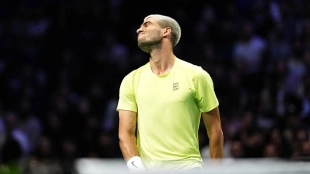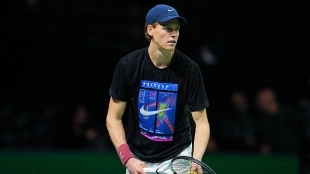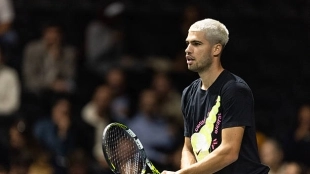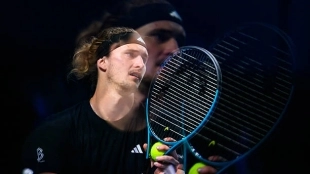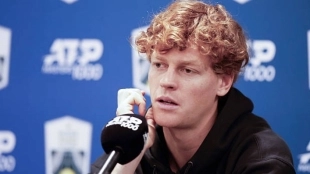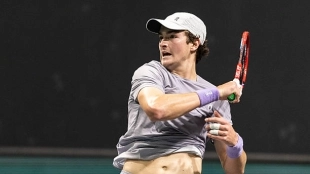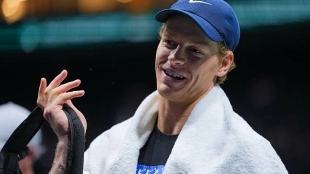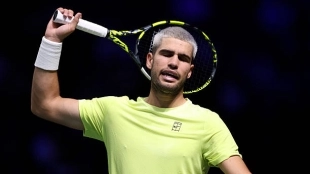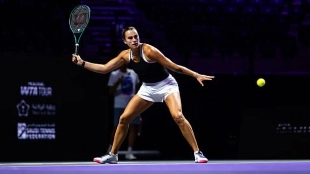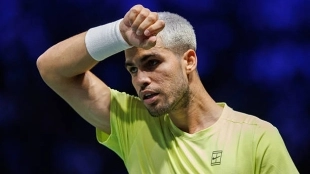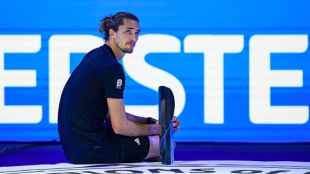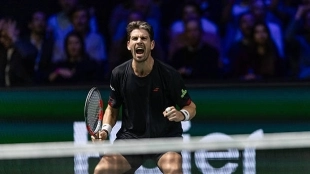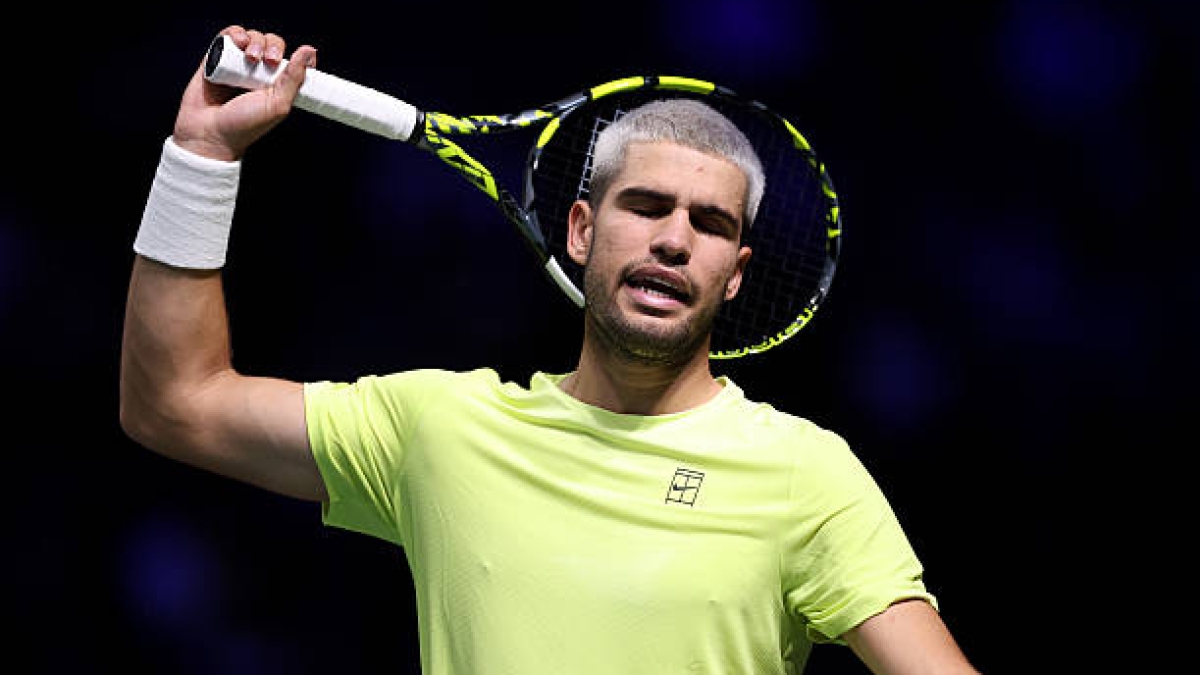
Carlos Alcaraz faced with great excitement his return to the Masters 1000 in Paris. With painful memories in the past, including painful defeats (Safiullin in 2023, Humbert in 2024, physical issues that condemned him in the quarterfinals against Rune in 2022), arriving at the Defense Arena and the promise of a slower court seemed convincing reasons to hope for a good performance on Parisian soil.
Nothing could be further from the truth. Carlos Alcaraz fell at the first hurdle against a tough opponent, an experienced fox, Cameron Norrie, who knew how to play his cards well and, above all, was more patient and strategic than the Murcian. The 54 unforced errors are striking, but delving into the data and analyzing set by set provides very diverse conclusions, labeling this match as the worst, statistically speaking, for Alcaraz all year.
Alcaraz, facing his worst match of the season: nothing worked, and not even his serve saved him from the second set onwards
Looking at the data broadly confirms that Alcaraz did not play worse tennis even in Miami. The average rating from the data is a 7.32, the lowest of the year and well below his average (8.44). In fact, only his serve performed better than his yearly average, with some truly surprising aspects: he only won 39% of points from the baseline (compared to his 55% average), barely "stole" 25% of defensive points won (his average is 38%, the highest on the circuit), and neither his backhand nor forehand reached an average above 7.5 (particularly noteworthy is the very low score of his backhand, specifically with a 6.2 rating).
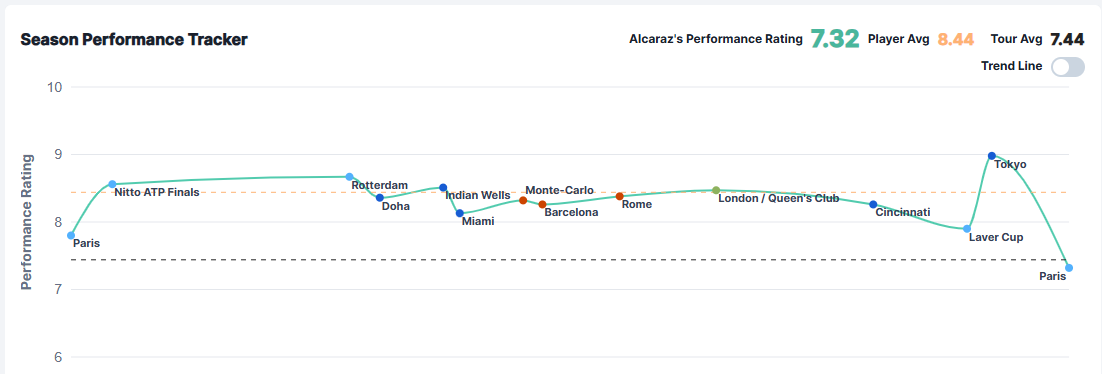
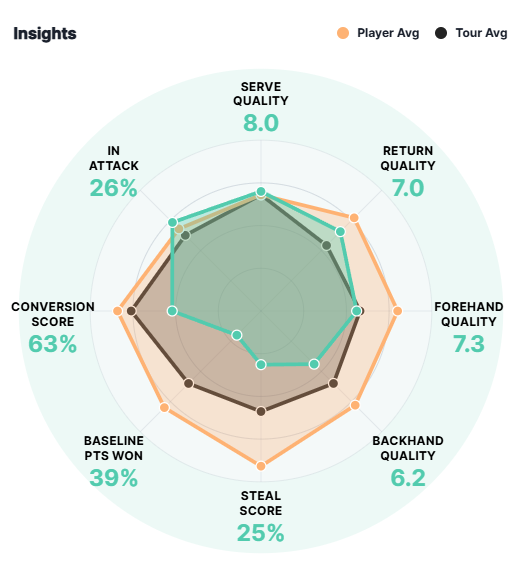
The first set already hinted at what the debacle could be, but one shot kept the ship afloat: the serve. His service (rating of 8.3 in the first set) was the only statistic where he outperformed Norrie and where it allowed him, of course, to take the initiative more frequently (Alcaraz attacked in 31% of situations compared to Norrie's 21%, a significant differential despite the multiple errors with the forehand). Although not feeling overly comfortable, the Briton ceded a lot of ground with his serves, giving enough room for Carlos, with just one break point converted into an opportunity, not to miss the chance through serve + 1.
However, everything changed from the second set onwards. That's when Norrie decides to step up, giving much more punch to his short point combinations (increasing his serve rating from 7.2 to 7.9, the main factor explaining his rise in level) and now manages to control the points 10% more than Alcaraz (attacking in 32% of situations compared to the Murcian's low 20%). The momentum of the match completely shifted: the serve had stopped saving Carlos, Norrie struck with much more conviction, putting him on the defensive more often and, moreover, Alcaraz's backhand was going to fail completely.

Alcaraz crumbles and fails to recover in a third set where neither his backhand nor his forehand exceeded 6.5
Carlos having opportunities in the third set can only be explained through Norrie's nerves when closing the match. He averaged a 5.8 on return, a 6 with the forehand, and a 6.5 on the backhand: although he managed to create attacking situations similar to Norrie's, he made numerous unforced errors in finishing situations, allowing Norrie to win 42% of points he defended (a higher percentage than Carlos' average, which is the highest on the circuit!).

Such glaring errors gave Cameron enough margin of error to close the match, knowing that he never stopped attacking and, above all, finding a winning combination we mentioned in the analysis: serving wide in the ad court (he directed 73% of his first serves there, with a success rate of 69%, a rather high percentage) and good combinations with the forehand (dominating with cross-court shots, which put him in more advantageous situations than risky ones due to the poor level of Alcaraz's backhand, and executing well with down-the-line shots, his best shot: of the 23 times he used this shot, he lost the point on only 5 occasions).
It was a match to forget, Alcaraz's worst level in the entire season, a duel where only the serve (and during the first half of the match) maintained acceptable ratings. No statistical aspect was in Carlos' favor, as he failed to make a difference even in exchanges with a forehand prone to errors, and he faltered whenever Norrie attacked with spin on an unfamiliar backhand. Spark was missing, fundamentals were lacking, but he himself knows that a match like this is more of a bad day at the office than a worrying pattern. In the ATP Finals, he will certainly seek redemption.
Images and data courtesy of: Insights by Tennis VIZ
This news is an automatic translation. You can read the original news, Alcaraz y las claves de su derrota ante Norrie: fue su peor partido del año



